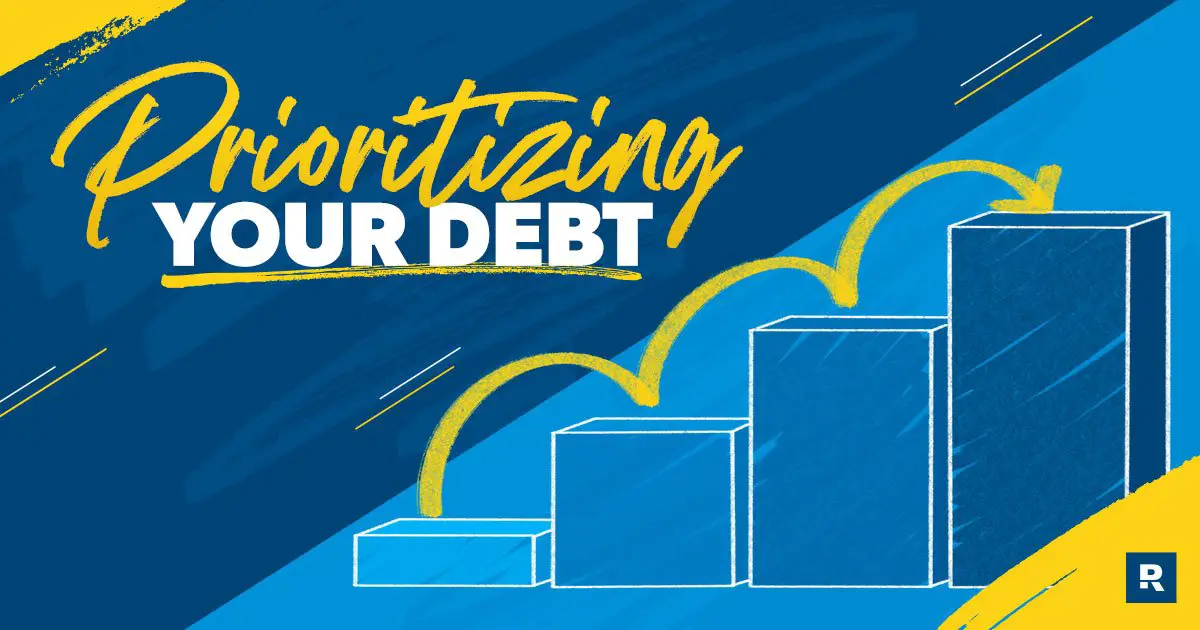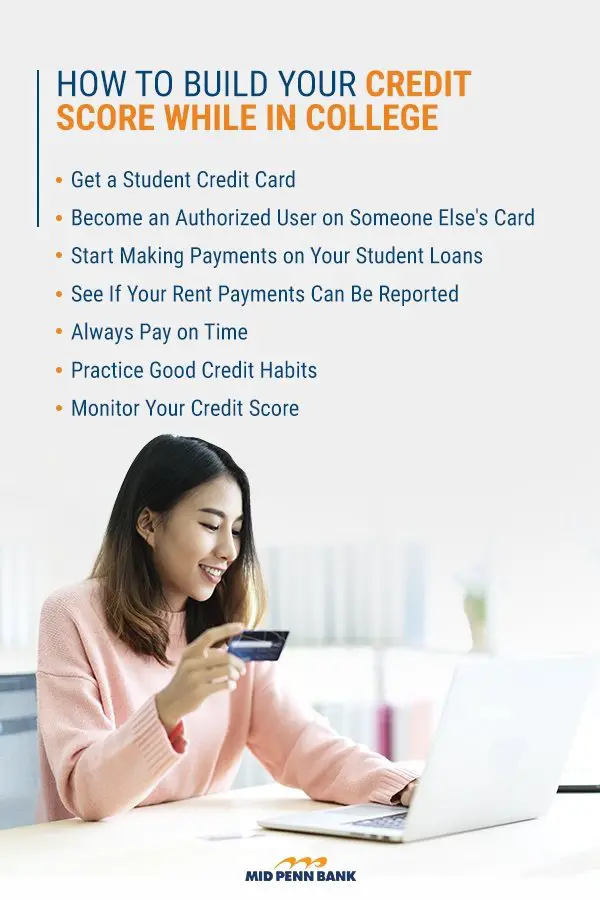Are you feeling overwhelmed by multiple debts and unsure where to start? Don’t worry! I’m here to guide you on how to prioritize paying off multiple debts effectively. Juggling various debts can be stressful, but with the right approach, you can regain control of your finances. In this article, I will share practical tips and strategies to help you tackle your debts one step at a time. Let’s dive in and discover how to prioritize paying off multiple debts, so you can achieve financial freedom sooner than you think.
How to Prioritize Paying Off Multiple Debts
Dealing with multiple debts can often feel overwhelming and stressful. Whether it’s credit card balances, student loans, or other financial obligations, finding a strategy to prioritize and pay off these debts is crucial for your financial well-being. In this article, we will explore effective methods to help you prioritize and pay off multiple debts, giving you peace of mind and setting you on the path towards financial freedom.
1. Assess Your Debt Situation
Before diving into debt repayment strategies, it’s essential to have a clear understanding of your overall debt situation. Start by gathering all relevant information, such as the outstanding balances, interest rates, and minimum monthly payments for each debt. This comprehensive view will provide a solid foundation for your prioritization efforts.
Consider creating a table or spreadsheet to organize the information. Include columns for the name of the debt, outstanding balance, interest rate, minimum payment, and due date. This visual representation will allow you to easily track and manage your debts.
2. Prioritize High-Interest Debts
When it comes to prioritizing debt repayment, tackling high-interest debts should be your first focus. High-interest debts can quickly accumulate and become a financial burden. By paying off these debts first, you can save money in the long run by minimizing interest charges.
Sort your debts according to their interest rates in descending order. Start by focusing on the debt with the highest interest rate and allocate as much money as possible towards paying it off. While continuing to make minimum payments on your other debts, allocate any extra funds to this high-interest debt. Once the highest interest debt is paid off, move on to the next one on the list.
3. Snowball Method
The snowball method is another popular strategy for prioritizing debt repayment. Unlike the high-interest approach, the snowball method focuses on paying off debts based on their outstanding balances, regardless of interest rates.
Start by listing your debts from smallest to largest outstanding balance. Allocate extra funds towards paying off the debt with the smallest balance while making minimum payments on the others. As you pay off each debt, you gain momentum and motivation to continue tackling the larger debts. This method incorporates psychological benefits, as the sense of accomplishment from paying off smaller debts keeps you motivated throughout the process.
4. Debt Consolidation
If you find yourself juggling multiple debts with varying interest rates and payment due dates, debt consolidation could be a viable option. Debt consolidation involves combining multiple debts into a single loan with a lower interest rate or more manageable repayment terms.
There are several ways to consolidate your debts, including balance transfer credit cards, personal loans, or home equity loans. By consolidating your debts, you simplify your payment process and potentially reduce your overall interest expenses.
However, it’s important to carefully consider the terms and potential costs associated with debt consolidation. Ensure that the new loan or credit card offers better terms than your existing debts. Additionally, be mindful of any fees or penalties involved in the consolidation process.
5. Negotiate with Creditors
When facing financial difficulties, don’t hesitate to reach out to your creditors and explore potential options for debt repayment. Most creditors prefer working with individuals who demonstrate a genuine commitment to addressing their debts.
Contact your creditors and explain your situation. They may be willing to negotiate a lower interest rate, reduced monthly payments, or an extended repayment plan. These negotiations can provide temporary relief and make your debts more manageable.
6. Increase Your Income and Reduce Expenses
Increasing your income and reducing your expenses are two effective strategies for freeing up extra funds to put towards debt repayment. Consider the following ideas:
- Take on a part-time job: Look for opportunities to earn additional income outside of your regular job.
- Freelancing or gig economy: Leverage your skills and hobbies to earn money on the side.
- Trim unnecessary expenses: Review your budget and identify areas where you can cut back, such as dining out, entertainment, or subscription services.
- Downsize or rent out unused space: If feasible, consider downsizing your living arrangements or renting out a spare room or parking space.
By implementing these strategies, you can increase your available funds for debt repayment and expedite the process.
7. Seek Professional Assistance
If you find it challenging to navigate your debt repayment journey independently, consider seeking professional assistance. Credit counseling agencies and financial advisors specialize in helping individuals manage their debts and develop a personalized plan for repayment.
These professionals can provide expert guidance, negotiate with creditors on your behalf, and help you devise a realistic budget. However, ensure that you choose a reputable agency or advisor with a track record of success and transparent fee structures.
8. Stay Committed and Motivated
Prioritizing and paying off multiple debts requires discipline, perseverance, and determination. To stay on track, maintain your motivation by celebrating milestones along the way. Reward yourself when you pay off a debt or achieve a specific financial goal. These small celebrations will keep you energized and committed to your journey towards debt freedom.
Remember, prioritizing and paying off multiple debts takes time and dedication. Be patient with yourself and stay focused on your end goal. By following a systematic plan and adapting to changes along the way, you can take control of your financial situation and pave the way for a debt-free future.
How Do We Save and Pay Off Debt at the Same Time?
Frequently Asked Questions
Frequently Asked Questions (FAQs)
1. How do I prioritize paying off multiple debts?
To prioritize paying off multiple debts, start by listing all your debts and their corresponding interest rates. Then, consider using either the debt snowball method, where you pay off the smallest debt first, or the debt avalanche method, where you focus on the debt with the highest interest rate. Both strategies have their advantages, so choose the one that aligns with your financial goals and motivates you to stay on track.
2. Should I pay off high-interest debts first?
Yes, it is generally recommended to pay off high-interest debts first. By tackling these debts with higher interest rates, you can save more money in the long run. Prioritizing high-interest debts allows you to reduce the overall amount of interest you’ll pay over time and accelerate debt repayment progress.
3. Can I negotiate lower interest rates on my debts?
Yes, it is possible to negotiate lower interest rates on your debts. Contact your creditors or lenders and ask if they are willing to lower the interest rates. Be prepared to provide reasons why you deserve a lower rate, such as a good payment history or a temporary financial hardship. Remember, it never hurts to ask, and even a slight reduction in interest rates can make a significant difference.
4. What if I have debts with similar interest rates?
If you have multiple debts with similar interest rates, consider focusing on the one with the smallest balance first. By paying off the smallest debt, you’ll experience a quick win and gain motivation to continue paying off your debts. This approach, known as the debt snowball method, helps you build momentum and maintain motivation throughout your debt repayment journey.
5. Should I consider debt consolidation?
Debt consolidation can be a viable option if you’re struggling with multiple debts. By consolidating your debts, you combine them into a single, more manageable loan with a potentially lower interest rate. It simplifies your repayment process and helps you stay organized. However, carefully assess the terms and conditions of the consolidation loan before proceeding to ensure it aligns with your financial situation and goals.
6. What about minimum payments on other debts?
While focusing on paying off one debt, it is important to continue making at least the minimum payments on your other debts. Making the minimum payments ensures that you maintain a good payment history and avoid late fees or penalties. It may take longer to pay off your debts this way, but it helps maintain your overall financial stability.
7. Can I seek professional help for debt management?
Yes, seeking professional help for debt management is a wise decision if you feel overwhelmed or are struggling to create an effective repayment plan. Credit counseling agencies and financial advisors can provide valuable guidance, helping you create a personalized debt management plan and negotiate with creditors on your behalf.
8. How can I avoid falling into debt again?
To avoid falling into debt again, it is crucial to establish a budget and stick to it. Track your income and expenses, prioritize saving, and minimize unnecessary expenses. Additionally, consider building an emergency fund to cover unexpected expenses and avoid relying on credit cards or loans. Adopting healthy financial habits and educating yourself about personal finance will go a long way in maintaining a debt-free lifestyle.
Final Thoughts
When faced with multiple debts, it’s crucial to prioritize your payments strategically. Start by evaluating the interest rates on each debt to identify the ones with the highest rates. These higher-interest debts should be your primary focus, as paying them off first will save you money in the long run. Next, consider the outstanding balances of each debt. Tackling smaller debts first can provide a psychological boost, giving you momentum to continue paying off larger debts. Remember to make consistent payments and avoid accumulating more debt. By following these steps, you can effectively prioritize paying off multiple debts and achieve financial freedom.



